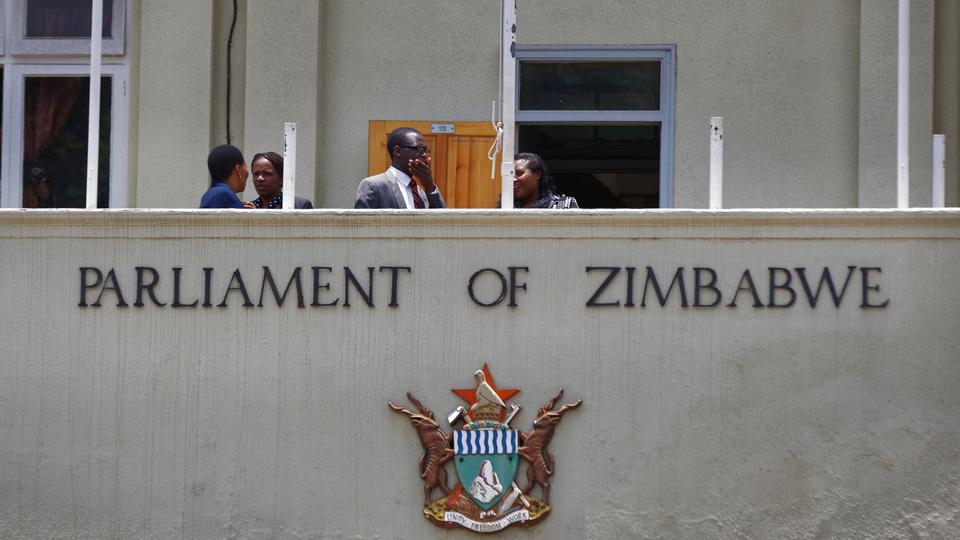
GOVERNMENT says there is a high risk of moral hazard, with many public entities approaching it for debt assumption at a time it is faced with unsustainable public and publicly guaranteed total external debt and large external debt arrears.
BY MTHANDAZO NYONI
Zimbabwe’s total debt at the end of 2019 was estimated at $143 billion, which translates to about 80,8% of the country’s gross domestic product (GDP). Of this debt, domestic debt stood at $11 billion.
Total public and publicly guaranteed (PPG) external debt position stood at US$8 billion, with about 74% in arrears. Government through its newly launched economic blueprint, National Development Strategy 1 (NDS1), said worsening the country’s debt position was the rapid accumulation of external arrears.
“There is high risk of moral hazard, with many public entities approaching government for debt assumption,” the NDS1 says.
“Managing public debt is critical in order to raise the required amount of funding while at the same time ensuring it is sustainable,” the document reads in part.
Government has assumed a number of State-owned enterprises debts amounting to millions of United States dollars.
Some of these include Ziscosteel’s US$500 million debt and the Reserve Bank of Zimbabwe’s US$1,4 billion debt.
- Chamisa under fire over US$120K donation
- Mavhunga puts DeMbare into Chibuku quarterfinals
- Pension funds bet on Cabora Bassa oilfields
- Councils defy govt fire tender directive
Keep Reading
Last year, the government approved the assumption of TelOne’s US$383 million legacy loans.
In the document, the government also admitted that the country was in debt distress, with unsustainable public and publicly guaranteed total external debt and large external debt arrears.
“Debt resolution with creditors through the clearance of external debt arrears and debt relief will open new lines of credit for the economy, which is critical to the achievement of Vision 2030 goals,” it said.
During the NDS1 five-year period to December 2025, the government said public debt management would focus on maintaining public debt to GDP ratio below 70% by 2025 and zero recourse to central bank borrowing.
“External debt arrear clearance and debt relief to restore sustainability will be considered in line with progress made with government’s engagement and re-engagement with the international community.”
The document says managing new debt commitments will require a co-ordinated approach in line with Public Debt Management Act provisions limiting the debt to GDP ratio to 70%.
“The debt strategy will focus on maximising access to concessional financing. This debt strategy will ensure consistency between the capacity to service the debt and minimising costs with the objective of fiscal consolidation.
“Non-concessional borrowing will only be contracted for commercially viable projects with a high return rate, such as infrastructure projects. The debt strategy will also incorporate private sector-driven financing options to ensure debt sustainability,” it said.
To ensure debt transparency, comprehensive public debt reports detailing the stock of public debt and its main features will continue to be regularly published.
The continuation of an auction-based Treasury Bills issuance regime will be informed by the macroeconomic indicators, especially inflation, and will be based on an annual borrowing plan and issuance calendar, the document said.
Currently, the government is borrowing mainly short-term, which is costly.
“In order to reduce the cost of borrowing and deepen the capital markets, government during the NDS1 period will target the issuance of medium-to-long term securities and listing of bonds on the securities exchange market.
“This will reduce the cost of domestic borrowing and create fiscal space for social expenditures and the capital budget,” it said.
In addition, the document said government remained committed to its engagement with international financial institutions through the International Monetary Fund Staff-Monitored Programme to achieve an amicable loan arrears clearance agreement.











